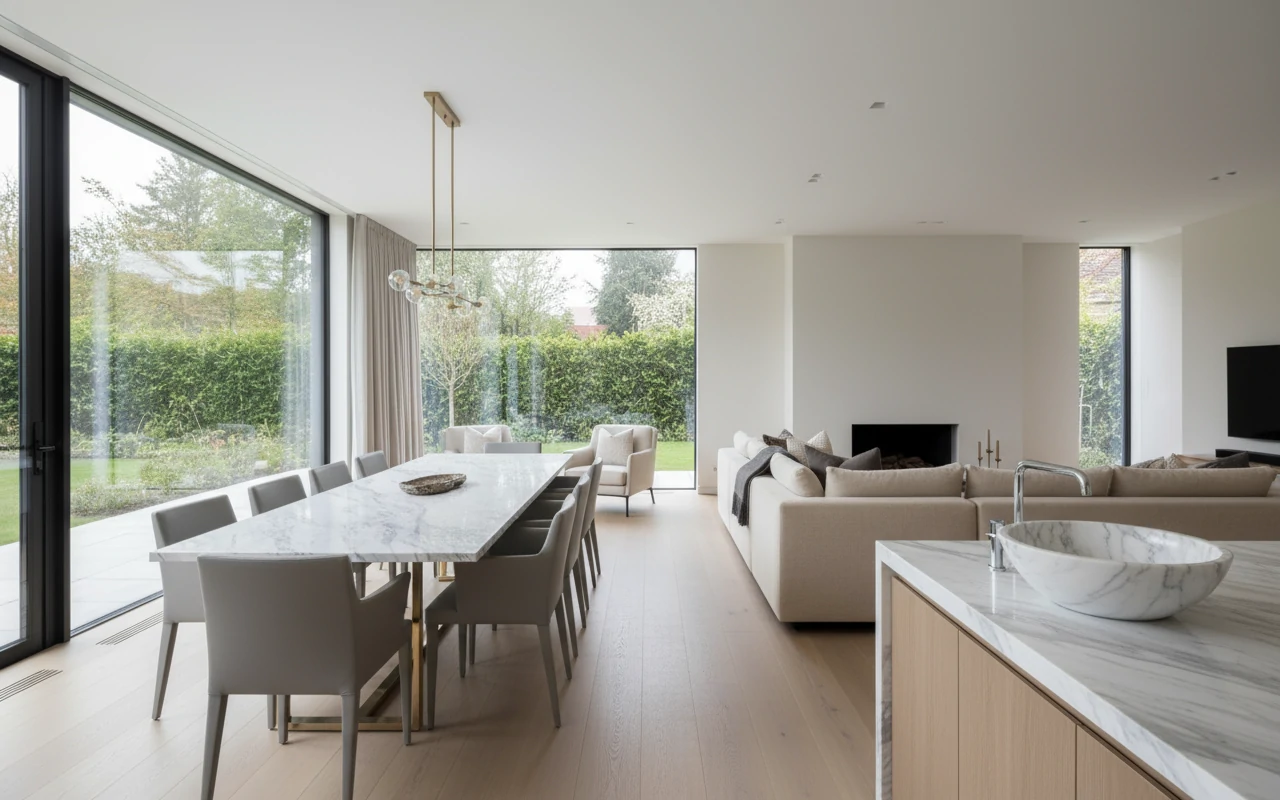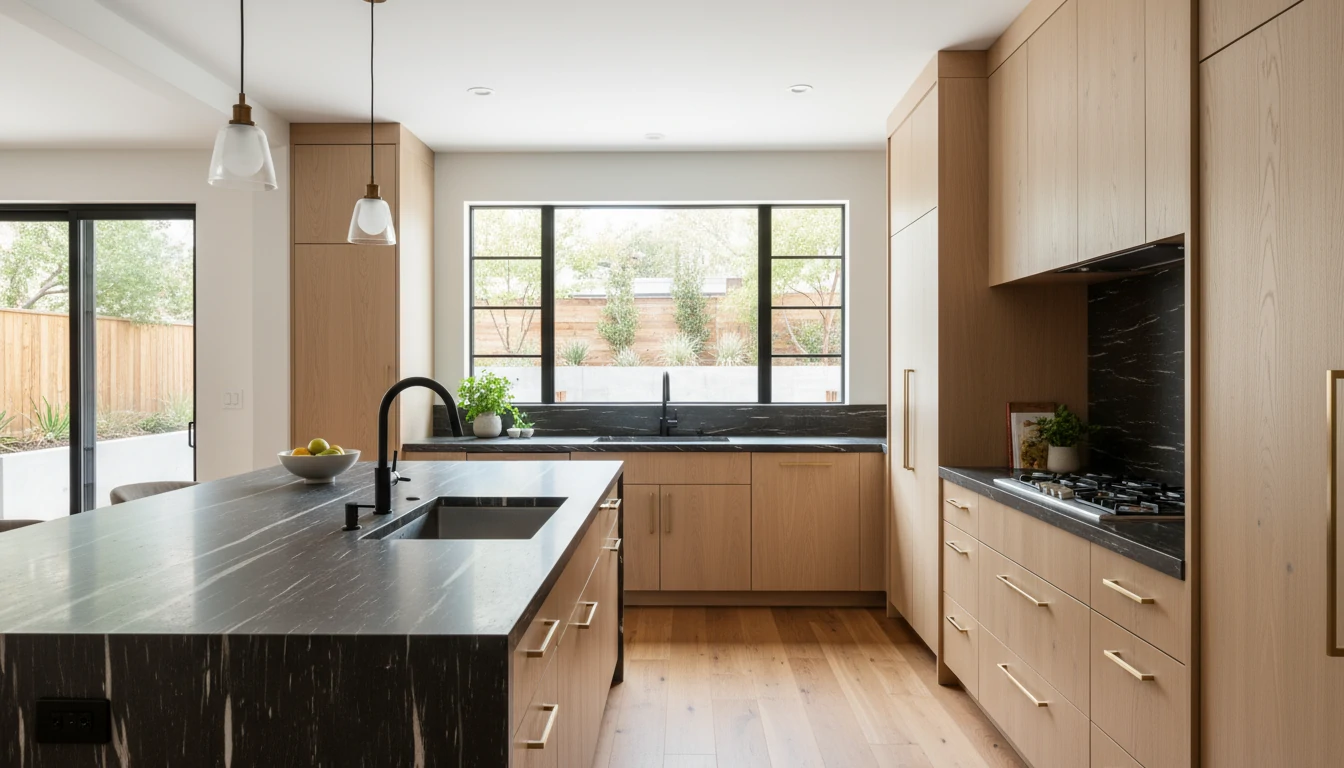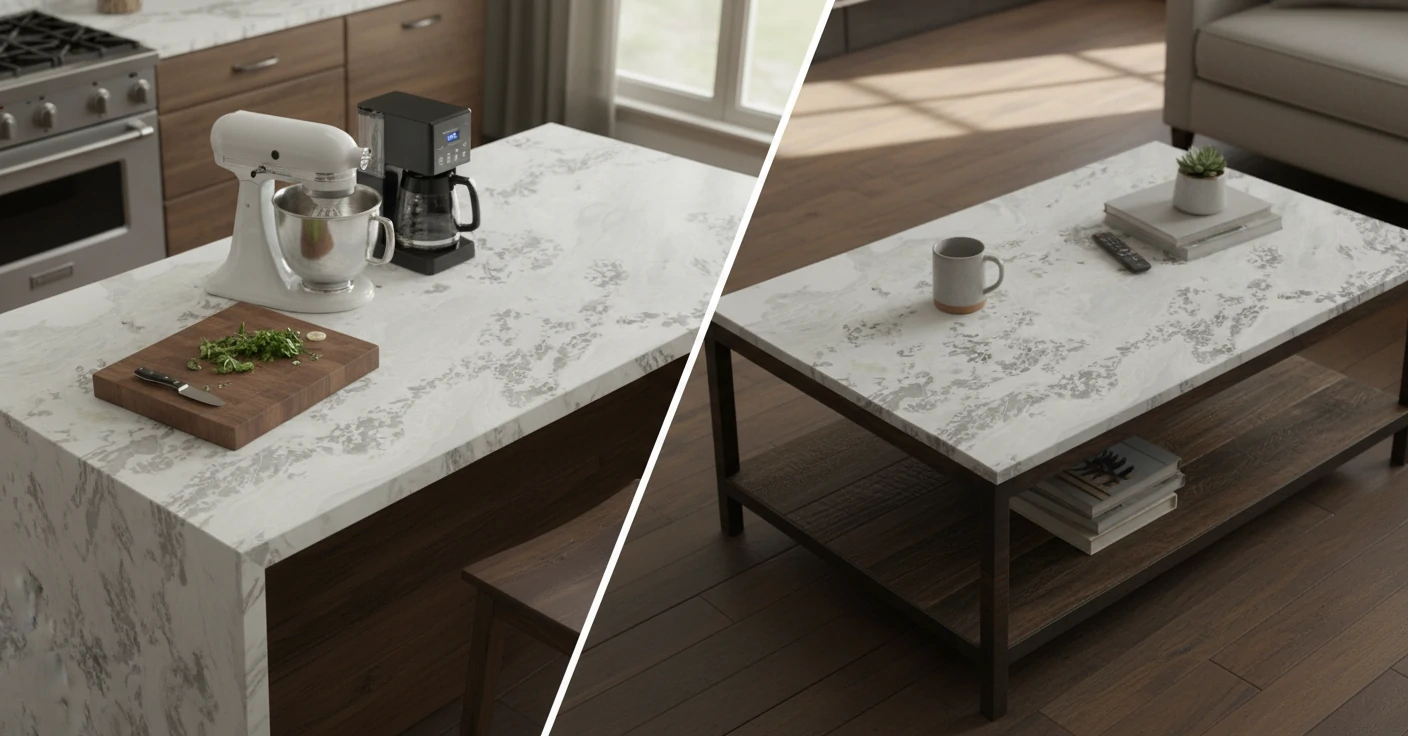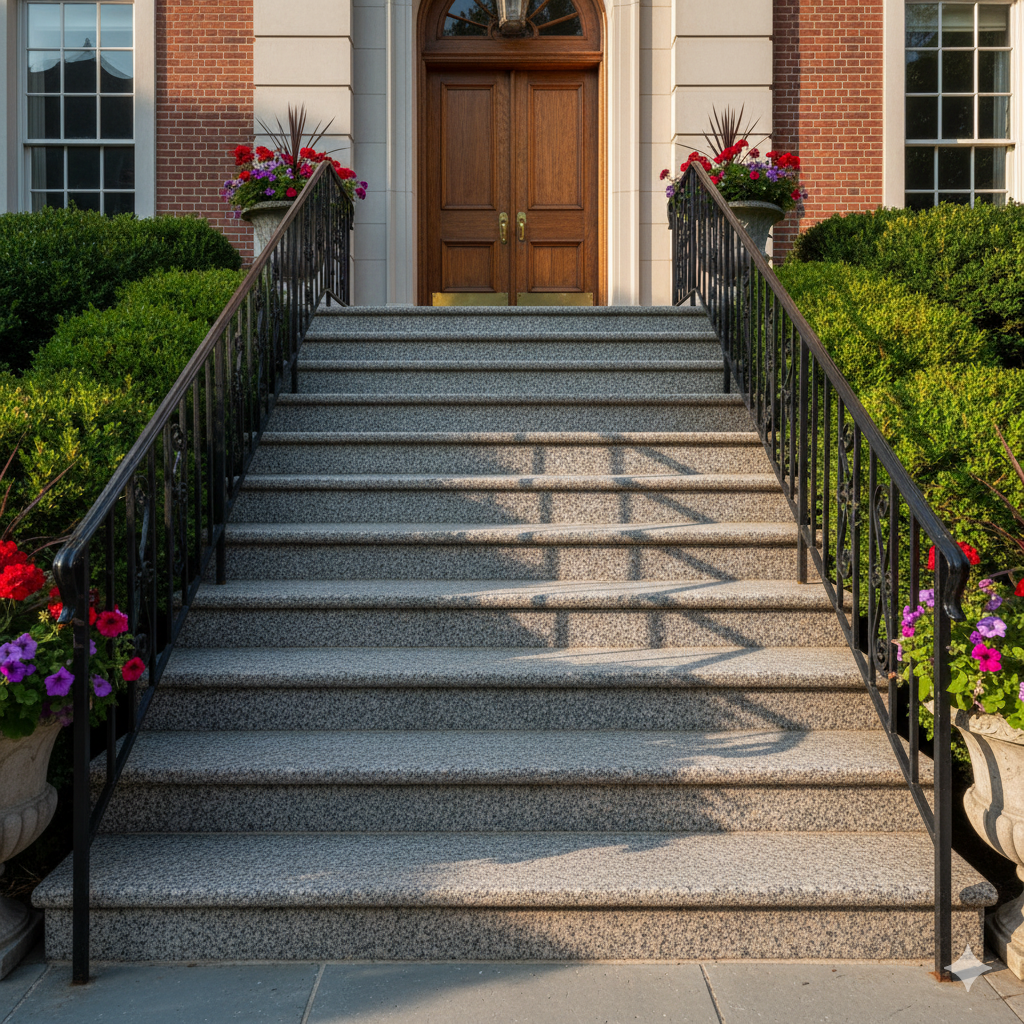
What Determines the True Cost of Natural Marble?
When clients search for natural marble price, they often find prices ranging from $20 to $300 per square meter—an enormous gap that reflects more than just market volatility.
The truth is, marble cost is shaped by multiple technical and geographical factors: quarry origin, grade, thickness, finish, and even logistics.
For project owners, understanding these variables is crucial to making cost-efficient and aesthetic decisions.
The Core Factors Behind Marble Pricing
1. Quarry Origin and Rarity
Marbles from Italy, Greece, and Turkey—such as Carrara or Volakas—are priced higher due to quarry depth, extraction cost, and brand prestige. Local or regional marbles can offer similar visual appeal at lower costs.
2. Block Quality and Veining
Each block’s uniformity, color intensity, and veining direction influence yield and waste rate during cutting. High-yield blocks naturally reduce cost per square meter.
3. Processing and Finishing
Surface treatments like polished, honed, or brushed affect both appearance and price. Polished marble, for example, requires finer abrasives and longer processing time.
4. Thickness and Format
Standard 18–20 mm slabs are cheaper to transport and easier to install. Thicker custom slabs (30 mm+) for staircases or countertops increase both cost and handling weight.
5. Logistics and Export Packaging
Freight, crate materials, and distance to port can add up to 10–15% of total project cost, especially for international buyers.
Comparison: Price Range by Type and Finish
| Marble Type | Country of Origin | Finish | Typical Price (USD/m²) | Application |
|---|---|---|---|---|
| Carrara White | Italy | Polished | $80–120 | Floors, walls, counters |
| Volakas White | Greece | Honed | $70–110 | Hotel interiors |
| Grey Marble | China | Polished / Matte | $40–70 | Floors, stairs |
| Beige Marble | Turkey | Brushed | $50–80 | Bathrooms, lobbies |
| Dark Emperador | Spain | Polished | $90–130 | Luxury projects |
| Local Natural Marble | China | Polished / Honed | $25–50 | Residential & public works |
Lexiang Stone offers global sourcing across these categories, ensuring each batch matches both budget and aesthetic goals.
How Lexiang Stone Balances Cost and Quality
1. Direct Quarry Partnerships
By sourcing directly from quarries, Lexiang Stone avoids multiple trader markups—offering competitive natural marble pricing without compromising grade.
2. Factory Efficiency
Automated cutting and polishing lines reduce waste and improve slab yield, minimizing cost per usable square meter.
3. Bulk Order Optimization
For commercial projects, batching slabs from the same quarry lot guarantees color consistency and volume pricing.
4. On-Demand Finishing
Customers can choose polished, honed, or leathered surfaces within the same order—reducing post-processing costs.
5. Transparent Pricing Reports
Lexiang Stone provides full breakdowns: quarry cost, transport, and finishing, ensuring clarity for procurement teams.
Where Natural Marble Adds Value
Beyond surface beauty, marble adds measurable architectural and financial value:
-
Residential Homes – Elevates perceived property value by 8–10%.
-
Hotels & Luxury Projects – Defines brand identity through tactile design.
-
Corporate Buildings – Long lifespan (30+ years) minimizes maintenance budgets.
-
Public Projects & Monuments – Endures weather exposure with minimal fading.
Selection Guide: Matching Marble Type to Budget
| Project Type | Recommended Marble | Finish | Price Range (USD/m²) | Comment |
|---|---|---|---|---|
| Entry-Level Homes | Local Beige / Grey Marble | Honed | $30–50 | Affordable and durable |
| Mid-Range Hotels | Volakas / Crema Marfil | Polished | $60–90 | Bright, uniform tone |
| Premium Villas | Calacatta / Emperador | Polished | $100–150 | Distinct veining, high-end look |
| Commercial Interiors | Grey or White Marble | Matte / Brushed | $50–80 | Professional tone |
| Public Halls | Dark Granite-like Marble | Flamed | $40–70 | Anti-slip, high durability |
FAQ Section
Q1: Why do marble prices vary so much between suppliers?
Differences in quarry source, processing quality, and logistics often account for 30–40% price variation. Always request technical and batch certifications.
Q2: How can I compare marble suppliers effectively?
Focus on consistency, not just price. Compare sample slabs, thickness calibration, and batch tone reports.
Q3: Are cheaper marbles necessarily lower quality?
Not always. Regional marbles can be excellent alternatives if they meet density and absorption standards.
Q4: Does finish type affect long-term maintenance cost?
Yes. Polished marble requires periodic resealing, while honed or matte finishes need less upkeep.
Q5: What’s the typical lead time for marble orders?
For stocked slabs: 7–10 days. Custom cutting and polishing typically require 2–3 weeks.
Q6: Can Lexiang Stone provide full cost breakdowns?
Yes. As a global natural marble supplier, we provide transparent quotations including slab cost, finishing, packaging, and freight.
The Real Value Lies in Craft and Consistency
Natural marble is more than a product—it’s a crafted material shaped by geology, precision, and time.
With advanced production lines and quarry partnerships, Lexiang Stone provides consistent natural marble prices backed by verified quality.
To request a personalized quotation or explore stone options, visit our homepage or contact our sales team here.






